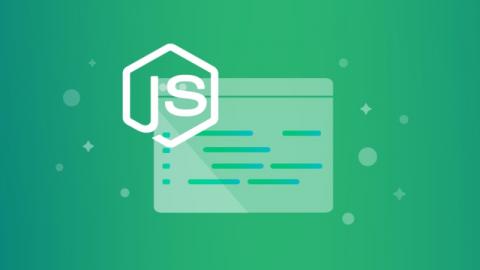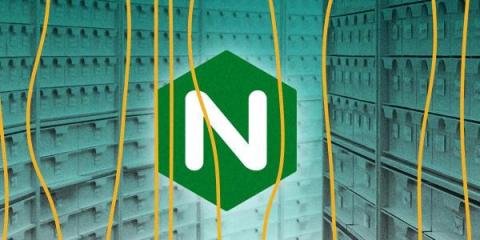How we usability test our SaaS product
Usability testing is a method for evaluating your product to see how it performs in real contexts. It helps test user behavior, performance, and satisfaction, while consequently offering opportunities to improve the user experience within the product. Often, in a fast-paced company, user research ends up overlooked because it takes up time and resources. However, all the team's hard work will be wasted if you end up making something that nobody wants to use.











